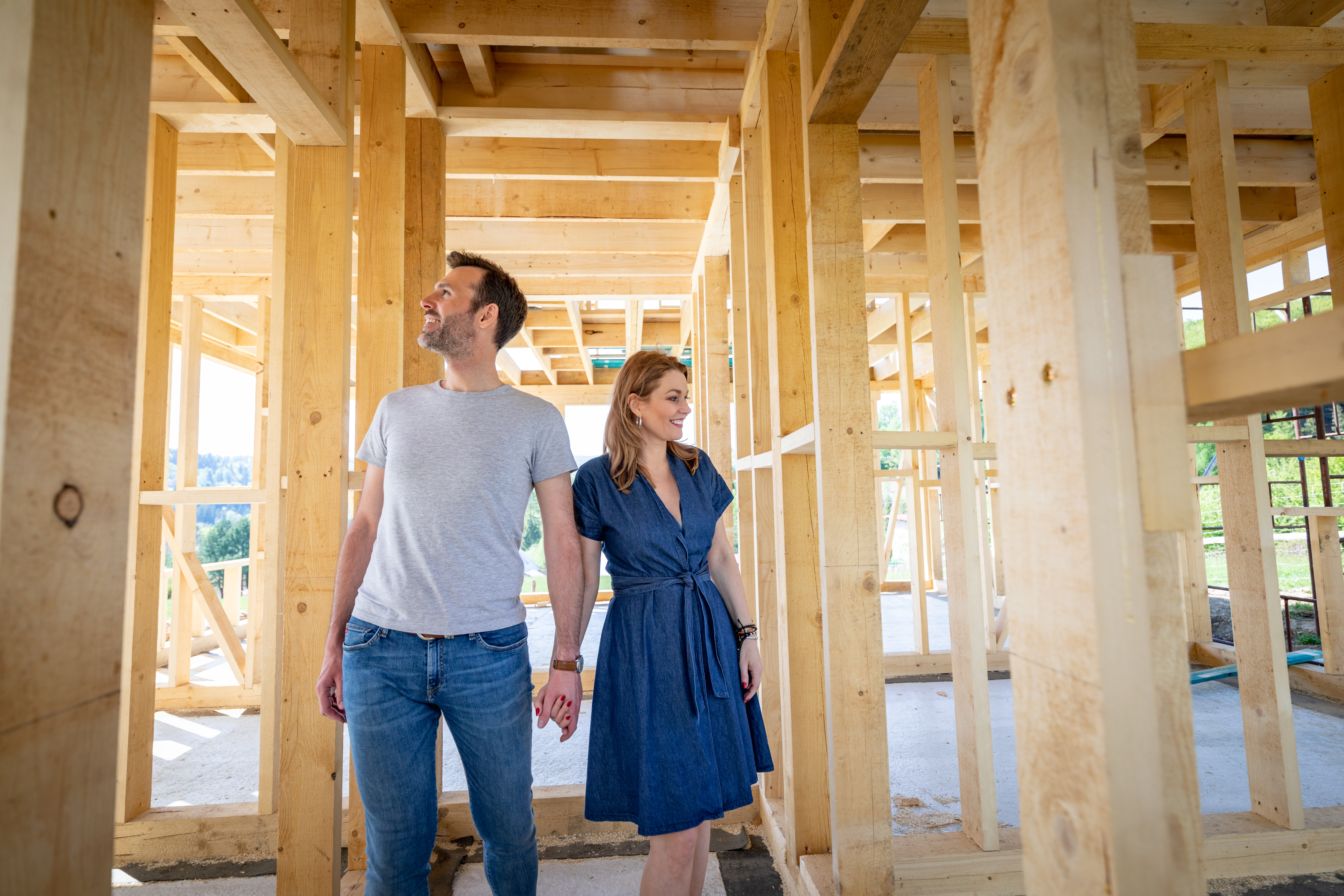Building a Plan for New Construction
October 02, 2023
As many prepare to make a housing move, they head to various real estate websites and begin scrolling through endless existing homes while hunting for the perfect match. It is typically an afterthought to research new construction, yet this is a path that offers personalization at every step. Building a new home comes with great rewards, but the fear of frustration often steers potential homeowners to the existing home market.
Rather than purchase a home designed for a previous owner, a quick education on new builds can make building a home specifically for you a dream that does come true.
Choose your location
- Once you have an idea of where you’d like to build your forever home, you will be able to find neighborhoods with construction in progress. Some may offer fully customizable floor plans while others will offer existing plans available with personalization. Your budget will likely factor in which route you take.
Meet the team:
- Whether you are building a large luxury home or a quaint cottage, it is imperative that the team you partner with is a perfect match. Interview several to ensure that this relationship will be successful and give both sides exactly the involvement desired.
- Should you opt to build a new home on land purchased outside of an existing neighborhood, you will need to create your own team. A new home construction team typically involves architects, contractors, engineers, and interior designers. Each participant will represent a stage of building, but all should be engaged early.
Numbers, numbers, numbers:
- Perhaps the safest way to map finances for a newly constructed home is to mark the top of your budget, subtract 20%, and plan a build that lands at that number. Why? Hidden costs in new home construction often land between 10-20% above the initial budget. By building that overage in from the start, the surprise may be less painful.
- Pick quality over financial convenience. While it may feel counterintuitive when studying the numbers, quality materials will save on future maintenance and repair.
Design to your lifestyle:
- If your new home design is fully flexible, lay it out by lifestyle. Are you a cooking wonder? Include a grand, well-equipped kitchen. Does your household include multiple work-from-home employees? Create adequate office space for success. Movie buff? A home theatre would be the perfect addition!
- For those building based on pre-existing floorplans, discuss options for personalization. While the removal of walls or a change in room count may not be possible, cabinet hardware, lighting, paint color, and flooring may all be left to the choice of the buyer.
- Understand your floor plan! If you are one who loves to entertain, an open plan will make more sense in fostering social interaction. Prefer privacy? A floor plan with specific rooms may be better. Don’t forget to check window placement, traffic flow, and storage spaces.
Green is the word:
- Consideration of the environment is rightfully top of mind in the field of new home construction. As you plan your new home’s features, consider those that reduce its carbon footprint while also offering long-term savings.
- Solar panels, high-efficiency appliances, and superior insulation are just a few options to include in an environmentally conscious home.
Build into your future:
- Don’t forget long-term goals or plans when designing your new build. While three bedrooms may be sufficient today, if the potential exists for senior family members moving in, now may be the time to create that extra space.
- Build outside the traditional box by requesting wider doorways or step-free entrances, features that may be important as families grow.
Throughout the process of building a new home, communication will be key. Ideally, your homesite will be close enough to allow you to visit frequently for progress checks. If relocating, you may engage a third party to conduct regular inspections on the project. During these visits, share any potential issues immediately with your team, rather than hoping they correct themselves.
- Document everything. While this may seem like a method for catching mistakes, it is actually the best way to track all construction-related items. Create a binder and organize all paperwork in one easily accessible place.
- Be patient! As you visit, resist the urge to rush the process. Many site workers will be following instructions given to them by your team and it is your team that should be notified if something needs adjusting.
- Understand warranties and inspection dates including what each includes. Once you move into your home, continue adding to that binder if you find issues that will need correcting.
New home building teams want nothing but satisfaction from their clients and a positive relationship with them will guarantee great returns. While the investment (both time and money) can be overwhelming, your team should offer reassurance that the finished product will be worth it. Plan carefully, research thoroughly, and navigate this exciting project successfully!
The Rodney Carroll Team has teamed with many local builders and developers to offer future residents endless options in new construction. Why not start building your new home today?
